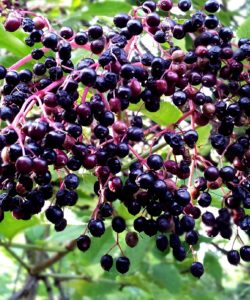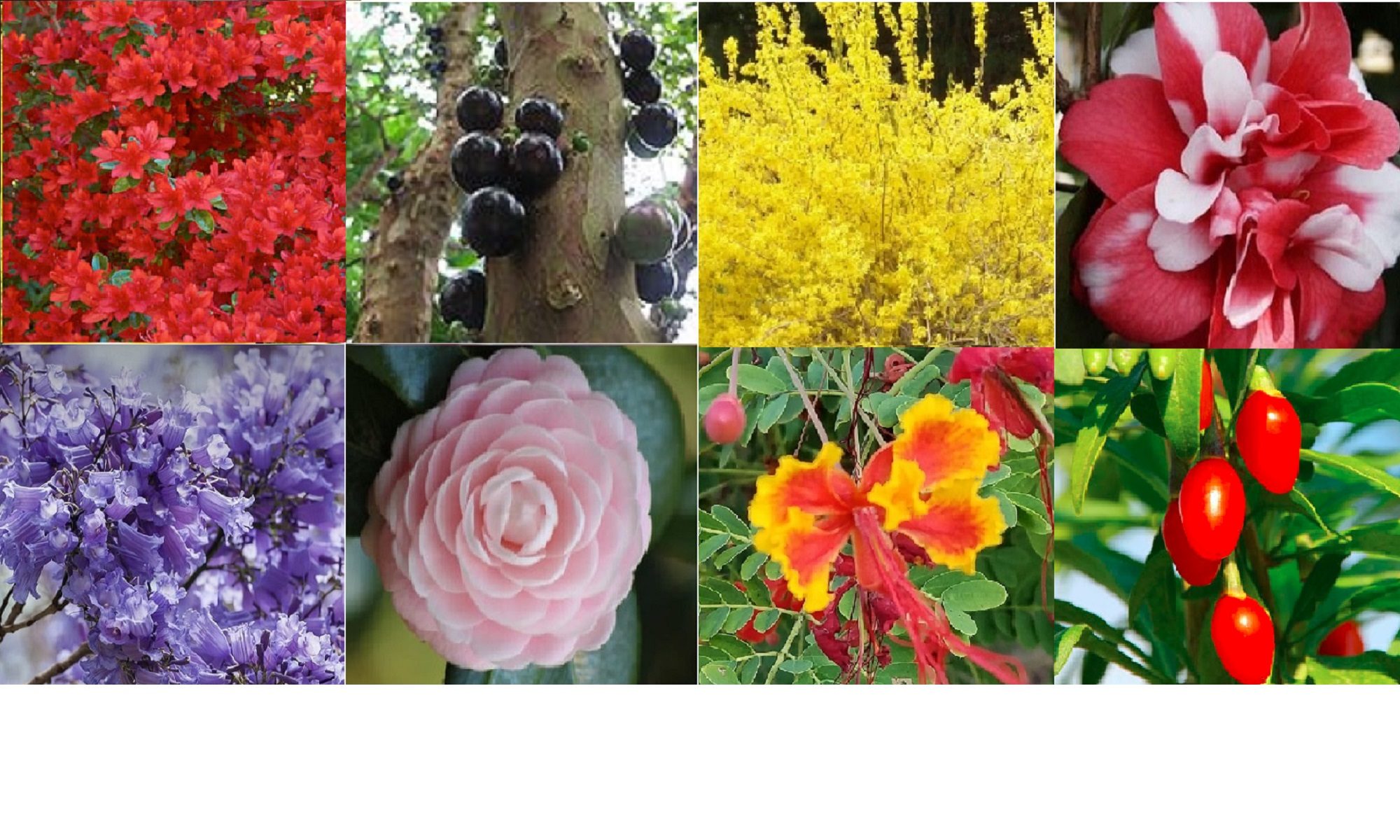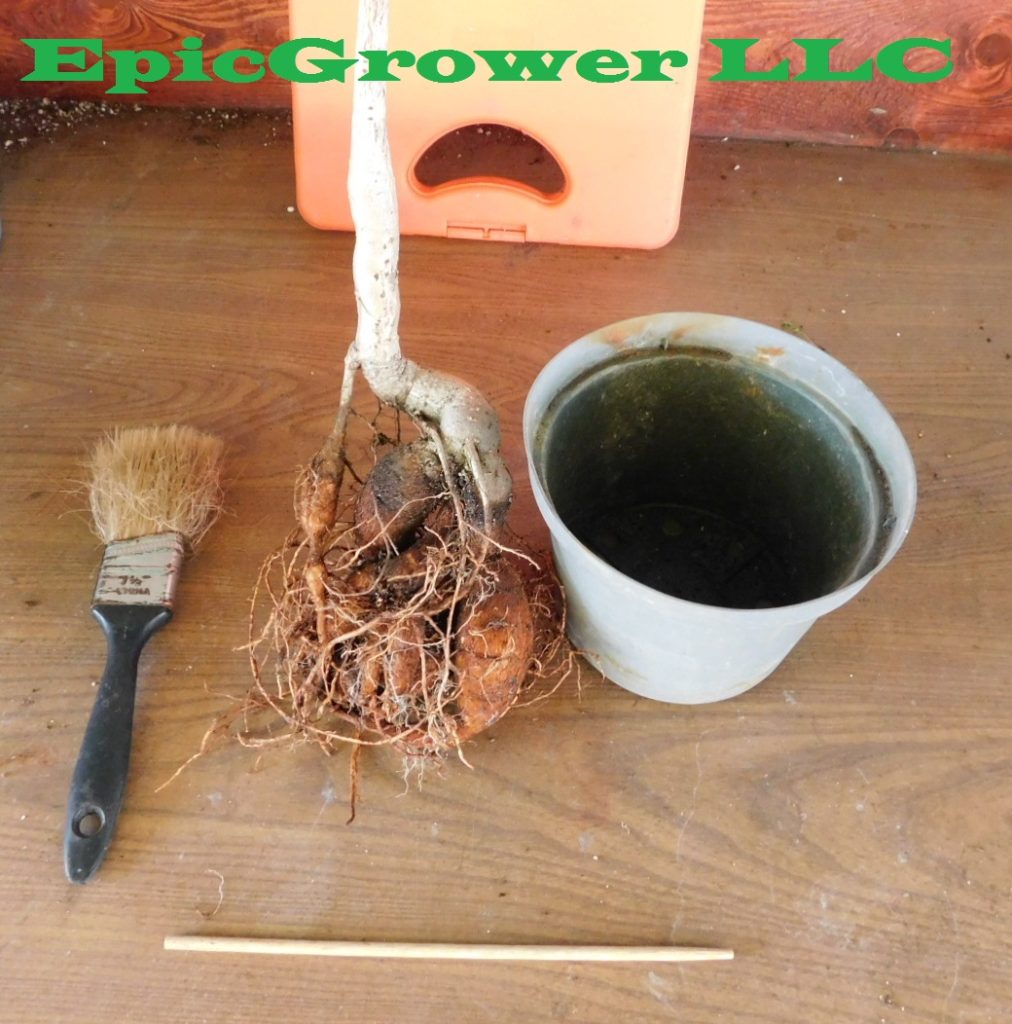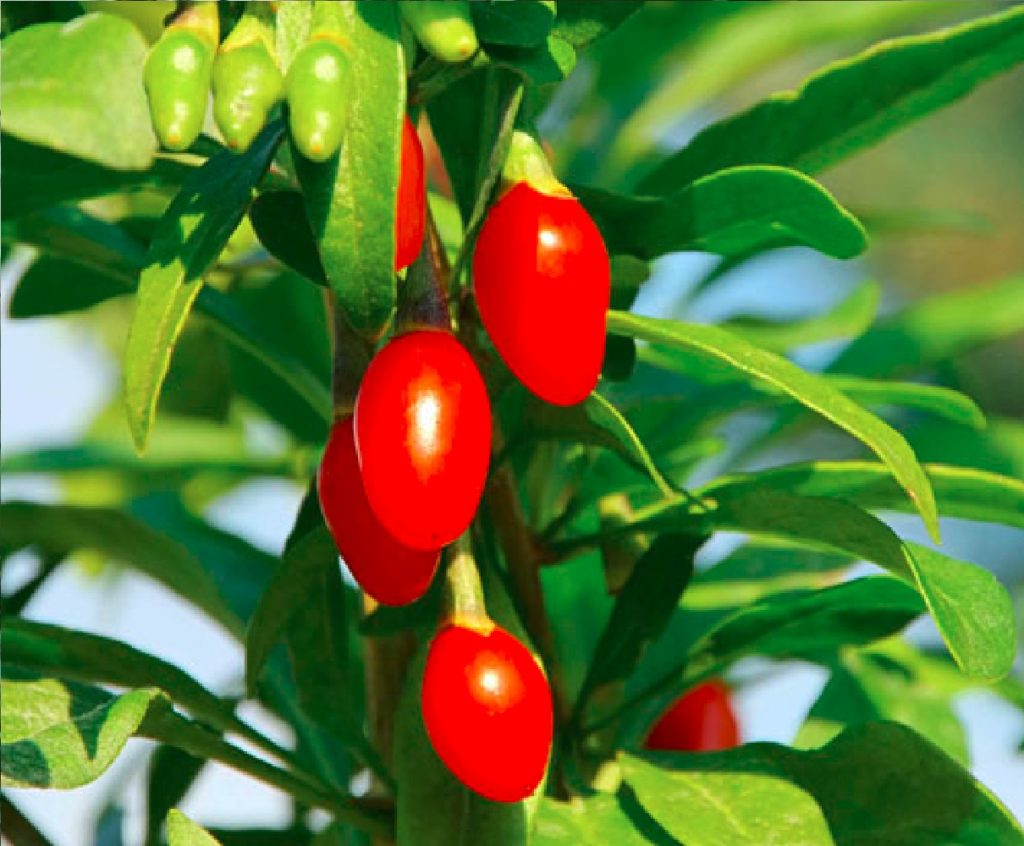Preparing for spring includes winter pruning of dormant plants. Many varieties of deciduous plants, ones that drop their leaves in fall, require annual pruning to grow fully. Fruit trees and most berry plants, and flower shrubs require winter pruning too.
Fruit Tree Winter Pruning
Do you have fruit trees or do you plan to grow them? Apple, pear, fig, peach and other fruit trees grow best when they are pruned in winter. Do you prune them every year? Yes and No. When the plant is young prune every year. Once they are matured, you need to winter pruning every 3 years.
Epic Grower LLC highly recommends that you do winter pruning to strengthen the branches. Prune fruit trees less than 5 years old every year. If you do not prune young trees, branches loaded with fruit will break and rip trunks causing tree damage. The basic rule of thumb: if a branch is longer than 24″ and if it cannot support the weight of 3.4 fruits then trim it.
In addition, you need to reduce the number of branches on young fruit trees. Start with growing up to 3..4 main branches from the main trunk. The old branches will thicken and new branches will grow below the cuts. When new branches grow from the 3..4 main branches trunks – let them grow 24″ and then winter prune to strengthen limbs. Doing this with cause the tree to grow thicker branches that will support the heavy fruit.
Epic Grower recommends pruning matured fruit trees every 3 years. Note: the year after winter pruning the tree will produce lower yields but in future years they will produce larger fruit yields. Do all main pruning during the early part of winter. This gives the tree time to heal and be ready for good growing in early sprint.
Berry Bush Winter Pruning
 Not all berry bushes are the same. Before winter pruning your berry bushes, you need to know how your plant grows. Do the berries grow on old wood or new wood? Most berry plants put out new canes/stems from the ground every year. You need to know if berries will grow on the new canes from the new year or on the canes from the previous year. Some berry bushes grow fruit on new and old wood, such as blueberry plants. However, the best tasting blueberries are from new canes grown the year prior. If you grow blueberries, winter prune the plants all the way back. Leave 3.5 of the news canes alone.
Not all berry bushes are the same. Before winter pruning your berry bushes, you need to know how your plant grows. Do the berries grow on old wood or new wood? Most berry plants put out new canes/stems from the ground every year. You need to know if berries will grow on the new canes from the new year or on the canes from the previous year. Some berry bushes grow fruit on new and old wood, such as blueberry plants. However, the best tasting blueberries are from new canes grown the year prior. If you grow blueberries, winter prune the plants all the way back. Leave 3.5 of the news canes alone.
Elderberry plants will grow new growth from the canes/branches and from the base of the plant. Let elderberry plants grow without pruning the first two years. After 2 years, winter pruning of dead, weak or broken canes/branches is required.
If you have questions, please post them below. Expect more articles on pruning, growing and maintaining fruit and berry trees.


 Elderberry Plant Growing
Elderberry Plant Growing
